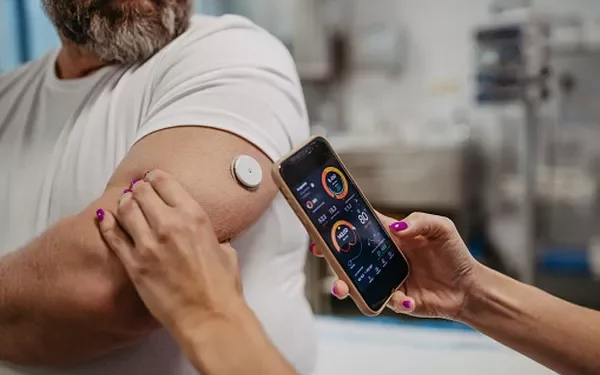As the U.S. Senate prepares for a critical hearing on the high cost of diabetes medication, the humanitarian organization Doctors Without Borders/Médecins Sans Frontières (MSF) is pressing pharmaceutical giants Eli Lilly, Novo Nordisk, and Sanofi to make diabetes drugs more affordable and accessible worldwide.
In an official statement, MSF emphasized that these companies must reduce their prices and stop blocking the entry of generic manufacturers into the diabetes market. The current monopoly held by Eli Lilly, Novo Nordisk, and Sanofi allows them to set exorbitant prices, which severely limits access to essential treatments for people living with diabetes, especially in low-income and humanitarian settings where MSF operates. Alarmingly, only half of those who need insulin globally have access to it.
“Eli Lilly, Novo Nordisk, and Sanofi dominate the diabetes drug market, setting prices beyond the reach of millions who need life-saving medications, including insulin and newer drugs like GLP-1s,” said Christa Cepuch, pharmacist coordinator for MSF’s Access Campaign. “The high prices we see are preventing people from accessing treatment, and it’s time for these companies to prioritize patients over profits.”
Lifesaving Medication Marked Up to Unaffordable Levels
A study by MSF published in the Journal of the American Medical Association (JAMA) in March 2024 underscores the stark gap between production costs and retail prices for diabetes treatments. For instance, long-acting insulin pens—which are easier and safer to use than vials—are sold for $2.98 in South Africa, $7.88 in India, and $28.40 in the U.S., despite having a production cost estimated at just $1.30 per pen. The markups are even more egregious for GLP-1 receptor agonists, another critical diabetes treatment. These medicines are sold at a nearly 40,000% markup in the U.S., while remaining largely unavailable in low- and middle-income countries.
The study reveals that a one-month supply of GLP-1 medicines, used to manage type 2 diabetes, could be sold for as little as $0.89, but patients in South Africa pay $115 per month, while in Latvia and the U.S., prices soar to $230 and $353, respectively.
Blocking Generics Stifles Competition and Keeps Prices High
The high prices of insulin and GLP-1 medications are largely driven by patent monopolies held by Eli Lilly, Novo Nordisk, and Sanofi, who also control the devices used to deliver these drugs. This situation has effectively prevented generic manufacturers from entering the market and driving prices down. MSF highlights the success seen in the HIV/AIDS space, where the introduction of generic medicines led to a 99% reduction in costs, making treatment far more accessible.
“Allowing generic manufacturers to compete could dramatically reduce the cost of diabetes medicines, as it did for HIV drugs,” added Cepuch. “With more manufacturers, the global supply could also meet the growing demand for insulin pens and newer treatments like GLP-1s.”
Global Diabetes Crisis and Rising Demand
Diabetes now affects 537 million people worldwide, with a sharp increase in cases anticipated in low- and middle-income regions. In Africa alone, diabetes cases are expected to rise by 134% by 2045. MSF has expanded its response to this growing crisis, conducting over 205,000 diabetes-related consultations in 2022 alone.
Ahead of the U.S. Senate hearing on pharmaceutical pricing, MSF’s director of global health advocacy, Mihir Mankad, called on the pharmaceutical companies to explain the vast price gaps and take immediate steps to lower costs. “The question is simple—how can you justify charging such high prices for essential, lifesaving medications when they cost so little to produce?” said Mankad.
MSF is urging Eli Lilly, Novo Nordisk, and Sanofi to not only reduce prices but to also allow more manufacturers to produce diabetes medications, ensuring sufficient supply and equitable access for all people who need them.
Related topics:
Semaglutide and Tirzepatide Show Significant Benefits for Type 1 Diabetes Management
Response to Serious Supply Issues of GLP-1 Medications for Type 2 Diabetes
Study Reveals How SARS-CoV-2 Triggers Diabetes by Destroying Pancreatic Cells


























